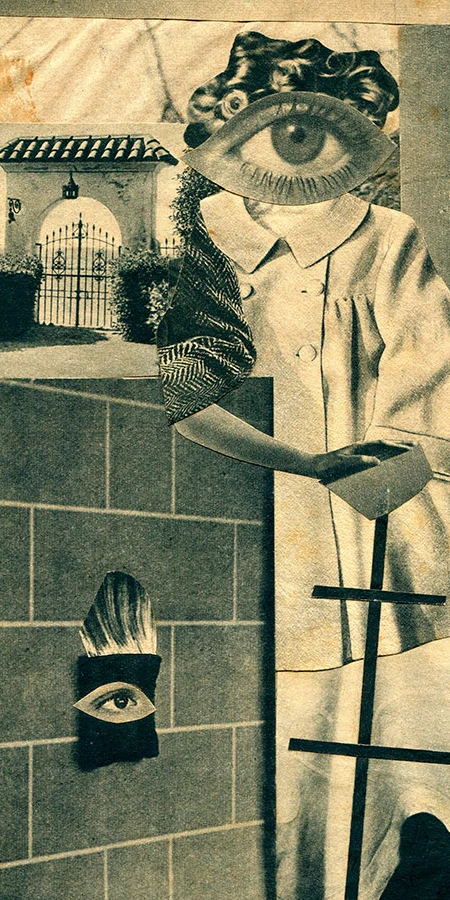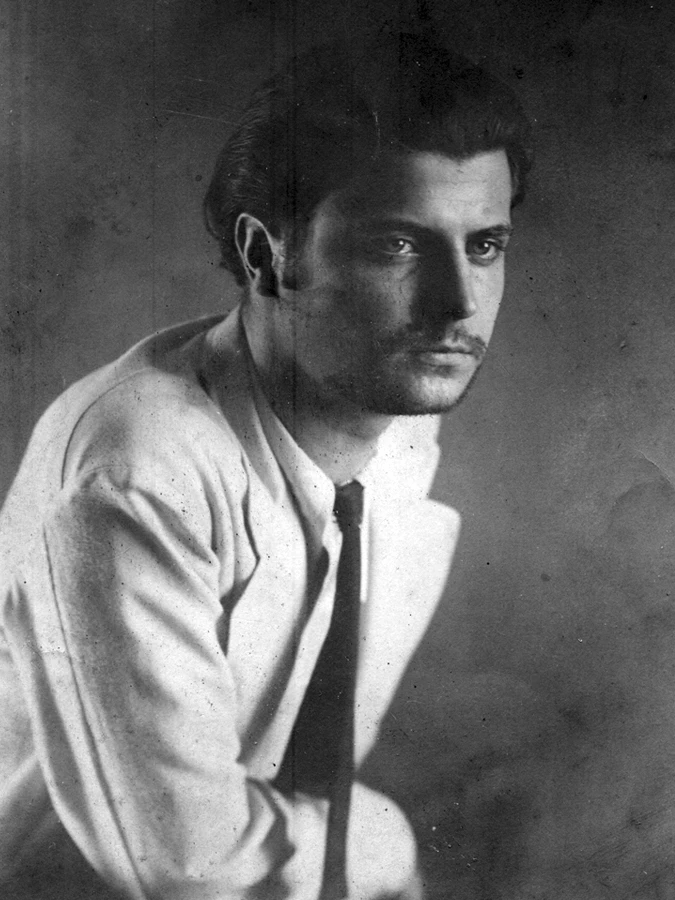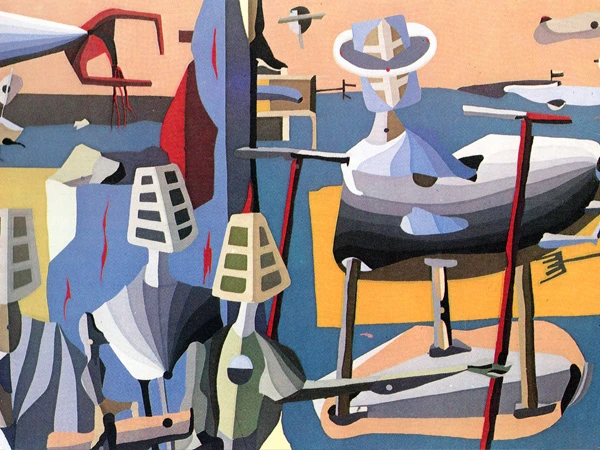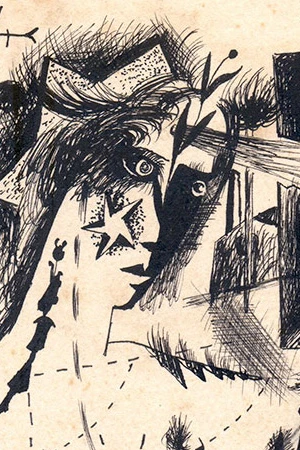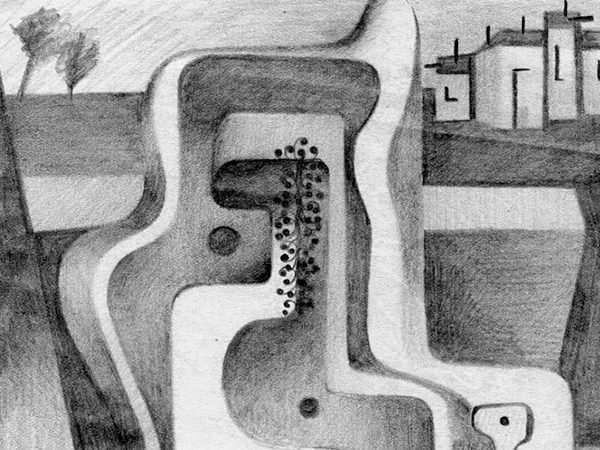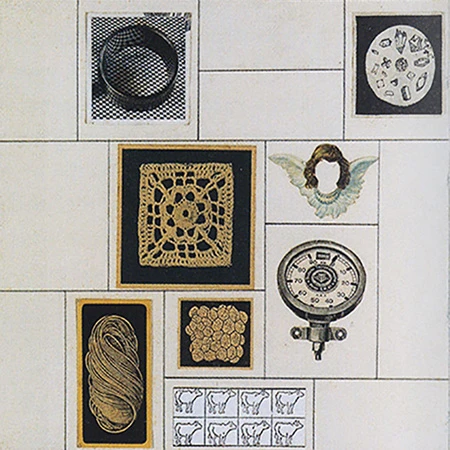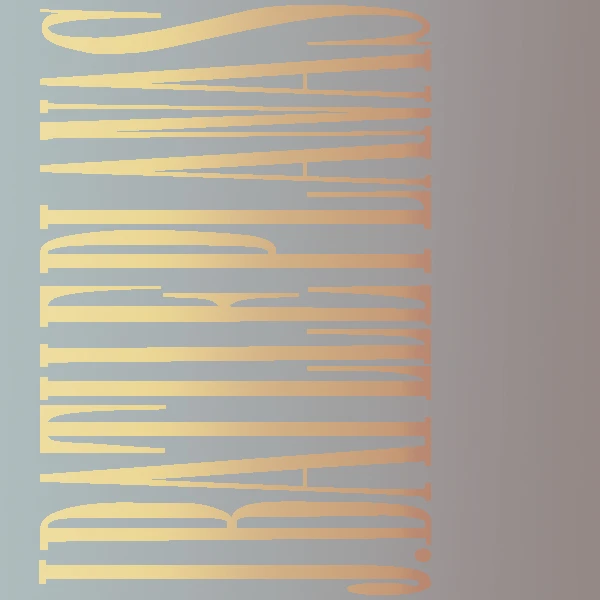
1930-40
1930. He began producing art. He shared a studio with his uncle, José Planas Casas.
1935. He became interested in surrealism, particularly automatic writing. He made his first print from the Radiografías Paranoicas (Paranoid X-Rays) series.
1936. He took an interest in psychoanalysis, and came into contact with the founders of the Asociación Psicoanalítica Argentina, among them E. Pichon Riviére, A. Aberastury, E. Rolla, A. Rascosky, A. Tallaferro, M. Wencelblat, D. García Reinoso, D. Liberman and J. Bleger.
He exhibited Composiciones (Compositions), decidedly surrealist drawings with subtle variations in the use of black and white.
Color was central to the works in tempera he made during this period, among them El ángel y el fuego (The Angel and the Fire) and El Mensaje (The Message), a title he used for a number of artworks and writings.
He produced the series Pinturas (Paintings) in ink and tempera.
1939. He exhibited thirty-two collages—among them Cadáver exquisito (Exquisite Corpse), El bien y el mal (Good and Evil), and COMPOSITION Paranoica (Paranoid Composition)—at the Teatro del Pueblo.
“The New Renaissance:
Automatism:Automatism is what distinguishes this new Renaissance from the one of the past, but that distinction depends on the psyche of the author, the expressive media he finds pertinent and the evolution of those media, (…)”
Excerpt from “Juan Batlle Planas and Automatism,” Introduction by Romualdo Brughetti. Cabalgata magazine, Nº 12, Buenos Aires, March 25 1947, pp.9-16.
Vicente Zito Lema: You have called psychic automatism surrealism’s primary mechanism. What exactly is that instrument—what is its nature?—and what have you gotten from using it?
Juan Batlle Planas: We are—luckily or unluckily—still in the earliest infancy of this strange device that enables concentration through its own law and, through the automatic mechanism, deconcentration of strange and individual worlds.
How do we obtain automatism? How do we arrive at the words, phrases, images, compositions? Is it solely through frenzied madness or can it be through other articulations? How is that world detected?
Juan Batlle Planas, text by way of memory, CERO magazine N° 7-8, 1975.
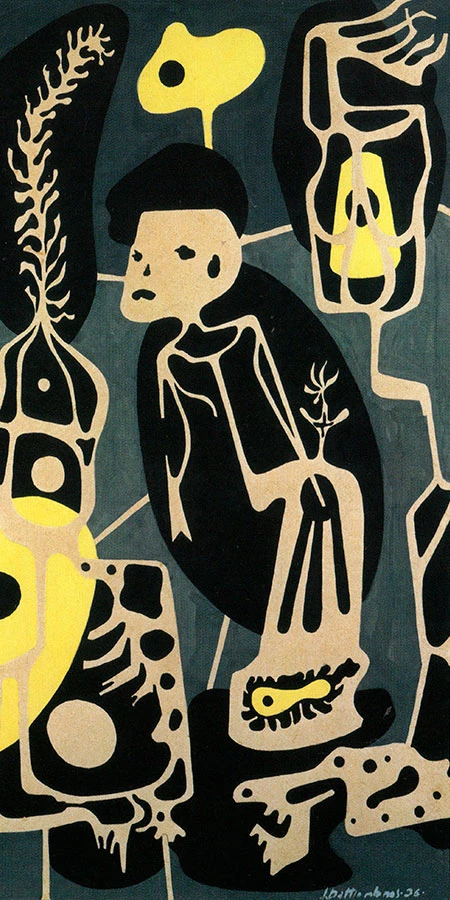
“
I would like to begin with a brief overview of Batlle Planas’s life as an artist. Self-taught, he began making art—naturalist images —at the age of twenty. Dissatisfied with those experiences, he soon discovered the automatic method. He made his first drawings using that method in 1935. In 1936, he made radiografías paranoicas (Paranoid X-Rays), a series of works in tempera using black, yellow, and leaden gray.
”
Pellegrini, Aldo (Adolfo Este), “Juan Batlle Planas’s Visual Message”, Cabalgata magazine, Nº 20, Buenos Aires, pp. 1-8-9-16.
